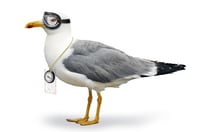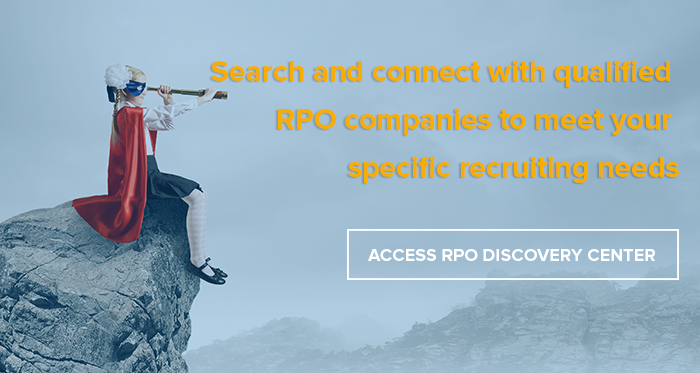 Recruiting and hiring candidates can be a risky business. Recruiters try to predict whether the candidate will be an asset to the company based on criteria such as skills, previous performance, and recommendations from other employers. However, one area that recruiters have not been able to measure is whether candidates will commit to the employer long-term. A second-best candidate who stays with the company is a better choice than a first-place candidate who only remains for a matter of months. A candidate who is a “flight risk,” or who is probably to move to another position before bringing value to the company, is a high-risk candidate that employers would rather avoid. While flight risk has been historically difficult to measure, Talent Analytics Corp. has recently released pre-hire flight predictions for job candidates and current employees, which recruiters and hiring managers can use to help assess whether a candidate is the right one for the job.
Recruiting and hiring candidates can be a risky business. Recruiters try to predict whether the candidate will be an asset to the company based on criteria such as skills, previous performance, and recommendations from other employers. However, one area that recruiters have not been able to measure is whether candidates will commit to the employer long-term. A second-best candidate who stays with the company is a better choice than a first-place candidate who only remains for a matter of months. A candidate who is a “flight risk,” or who is probably to move to another position before bringing value to the company, is a high-risk candidate that employers would rather avoid. While flight risk has been historically difficult to measure, Talent Analytics Corp. has recently released pre-hire flight predictions for job candidates and current employees, which recruiters and hiring managers can use to help assess whether a candidate is the right one for the job.
Flight Risk Calculations
Flight risk calculations were originally geared towards measuring customer flight risk, so that companies could find out if they were likely to lose a particular customer and could adjust their customer engagement accordingly. When these measurements were first applied to employees, they were used to identify existing employees that the company needed to reengage. Flight risk and flight risk measurement were considered a post-hire problem and a post-hire activity, respectively. Talent Analytics, Corp. reframed the question of flight risk to apply it to an earlier stage of the hiring process, and uses the same algorithms and methodologies used for customer and employee flight risk to help identify how to predict high risk candidates before they are hired.
The Value of Pre-Hire Flight Risk Measurement
Companies, recruiters, and hiring managers put a great deal of time, effort, and money into new hires through the recruiting, hiring, and training process. When a new hire leaves shortly after they were brought on, not only were the time and resources it took to bring them on and up to speed wasted, the company and recruiter has to begin the entire process over again to bring on a new person to fill the vacant position. Talent Analytics, Corp. identified the pre-hire period, before a candidate has been hired, as the best time to measure flight risk to avoid this waste and expedite the recruiting and hiring process.
All companies and hiring managers want to make sure they are selecting the right candidates. Both companies that have been burned by immediately post-hire flight and those who have avoided it so far are likely to employ this measurement. By making flight risk a measurable quantity, Talent Analytics, Corp. has put it up there with skill set and pay requirements as an important consideration for hiring candidates. Again, the second-best candidate who stays is more likely to return value, and therefore is more desirable as an employee, than the first-choice candidate who won’t.
About Talent Analytics, Corp.
Talent Analytics, Corp. uses advanced Data Science to predict employee flight risk and KPI performance, both pre- and post-hire. Our predictive scoring algorithms are easily deployed into the employee sourcing, recruiting, hiring, and operations process via our award winning cloud platform, Advisor™. Pre- and post- hire predictions are directly portable to other HRIS, HCM, ATS or other appropriate workforce platform via our API. Greatest business ROI is realized targeting roles with highest turnover such as Call Centers, Insurance Agents, Sales Reps, Sales Engineers, Bank Tellers, Truck Drivers and other roles with larger volumes of employees.
Visit TalentAnalytics.com to learn more.
Related Articles:
Top Challenges Hiring Managers Face
Ideas to Consider for Talent Acquisition Efforts















